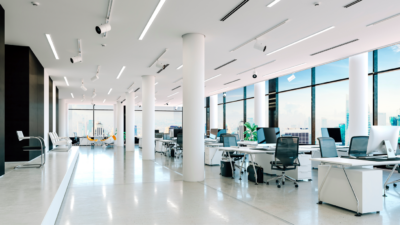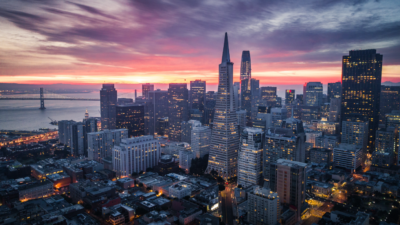In 1984, Austin was primarily known as a college town, home to only a few big-name corporations — IBM, for one — with a population of 680,000 for the city. Describing Austin as a technology town was a bit of a stretch. But within three years, Austin had landed the Sematech Consortium — a national consortium for computer research and development — and soon major players such as Motorola, Samsung, Applied Materials and Advanced Micro Devices were growing a large presence in Austin. It soon became clear that the city was on the cusp of major change.
And major change it did. From 1984, Austin grew from a little under 1.1 million people in the MSA to more than 2.1 million in 2019. Demographers believe that Austin will top three million people in the MSA by 2029, led by enormous growth in cutting edge S.T.E.M. jobs that will shape our country’s future. According to the Austin Chamber of Commerce, Austin has one of the highest percentages of relocating employees whose company is moving to Austin — hovering around the 70% mark. Additionally, with approximately 145 people moving to Austin every day, clearly it can attract talent as well as relocate it.
Employers want a well-educated workforce and Austin delivers, with half of its workforce holding a bachelor’s degree or higher. And, with five major universities within a 120 miles radius, and 11 smaller institutions in the same area with more than 250,000 students, there is a solid pipeline to keep that trend going.
Currently, there is approximately 5.8 million square feet of office space under construction in the 54 million square feet Austin office market, but companies such as Google, Indeed, Facebook, and Amazon have 2.7 million square feet of that number preleased (much of which is set to deliver in 2021 and 2022). This amount of preleasing is unprecedented in Austin. Additionally, Apple has a new three million square foot campus under construction and Oracle is completing phase two of its one million square foot campus. Despite significant construction activity, the vacancy rate in Austin stands at a healthy 8.9%. Developers have consistently added more than two million new square feet of new supply per year starting in 2013. Again, companies are making their opinions known — Austin is the place to be.
But the case for Austin is about more than new construction and quality employees. Austin’s “Silicon Hills” continues to expand apace and consistently ranks high on “Best Places to…” lists. Yet, it has a low living expense relative to other major tech markets; no state income tax; a high quality of life with vibrant local culture, including music, award winning restaurants; and a robust nightlife. Parks, trails, lakes and rivers offer wonderful outdoor activities year-round. These are more than perks that attract companies, they are a lifestyle that appeals to technology employees.
The Dallas Federal Reserve reported that Austin’s job growth was 5.7% in the fourth quarter of 2019 and this “brisk pace” shows no signs of a slow down on the immediate horizon. The factors that attracted the Sematech Consortium back in the 80s — and more recently Apple, Amazon and Google — are still working. Lifestyle, education and technology growth has, and will continue to, make Austin a growth market for years to come.
About the author:
Volney Campbell is an Executive Vice President in the Colliers Austin office. Volney has 30 years’ experience representing some of Austin’s largest and most financially complex transactions for companies such as IBM, Motorola, Charles Schwab and Q2ebanking. He is valued by his clients, not as a transaction manager, but as a real estate consultant that is integrated into the fabric of the organization.
Contributor:
Zach Ellis is Vice President in the Colliers Austin office. Zach specializes in providing all facets of tenant representation services for corporate office users and has solely done so since beginning his commercial real estate career in 2007.

 Volney Campbell
Volney Campbell
 Marianne Skorupski
Marianne Skorupski Michael Lirtzman
Michael Lirtzman Kevin Gonzalez
Kevin Gonzalez Kim Kendall
Kim Kendall Ashley Harrison
Ashley Harrison
 Charles Dilks
Charles Dilks Matthew Johnston
Matthew Johnston Victoria Abbasi
Victoria Abbasi
 Derek Daniels
Derek Daniels Franklin Wallach
Franklin Wallach